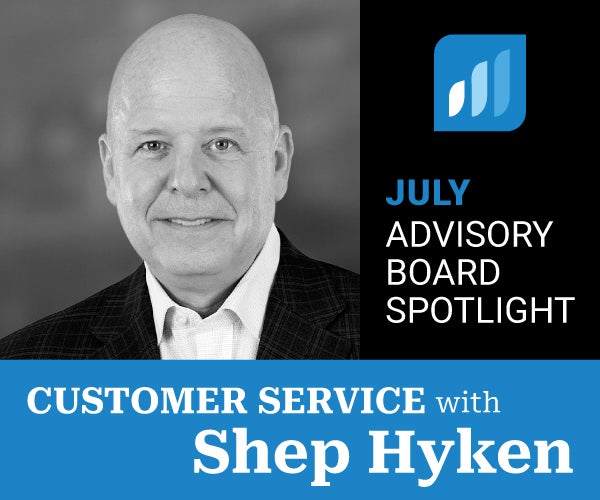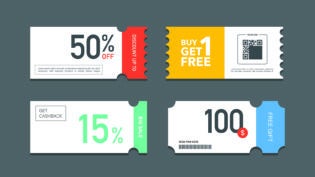Improve Sales by Taking Away Their Freedom
By: Ryan Healy

More choice is better—right?
Wrong.
That’s the conclusion of Barry Schwartz in The Paradox of Choice.
Common sense says increased variety and more freedom of choice will make people happier. But studies show it does the exact opposite. It actually makes them unhappy.
Why Is This?
It’s because if they make a decision, they will continually contemplate all the other choices they “sacrificed.” They will wonder if they would have been happier had they made a different decision. This paradox of choice not only affects happiness; it affects the bottom line as well.
The rule is simple. The more choices you give a buyer, the less likely it will be that he will actually make a decision to buy. Choices overwhelm people. Too many choices offered at once produce inaction.
In other words, if you give a person too many ways to say yes, you will make it easier for the person to say no. Making a decision is hard work. It’s emotionally taxing. The more choices and variables involved, the harder it becomes to decide.
Make Choosing Easy!
Instead of offering a bunch of choices, offer one choice only. The choice is to either buy or not buy. The prospect must then decide yes or no. That’s it! In almost every case, you want to make the decision to purchase as easy and simple as possible. Buy or not buy; call or not call; request more information or don’t.
Here’s a Real-World Example
On Tuesday, a client sent me an email asking me to review a rough-draft postcard. She wanted to know my thoughts, specifically about a free bonus gift offer.
The card encouraged people to register for their choice of 10% off or a free report worth a similar amount. Here is how I responded:
Offering two options is complicated, both from a decision standpoint (“Which one do I want?”) and a fulfillment standpoint.
I’d suggest going with one or the other. If you offer the report, put a value on it:
FREE Report
(a $49 value!)
The discount might stir up some complaints by people who register after the Early Bird deadline, but before receiving this discount. If they are on your list, they will want the discount too.
On the other hand, you can send the report to everybody who’s registered as an “unannounced bonus gift.” This will reduce refund requests and put the law of reciprocity in your favor.
Ultimately, I encouraged my client to offer both the 10% discount AND the free report. I also told her to use a deadline to get people to take immediate action.
What my client had originally suggested would have created an unnecessary choice for the buyer. It might have depressed the response rate or even caused customer service issues. Can you imagine, “I got the free report, but I didn’t like it. I would have preferred the 10% discount. Can you refund me the 10% instead?”
But by combining the bonus gifts, we simplify the buyer’s choice.
It’s Either Yes or No
Furthermore, it’s either yes or no by a specific deadline. This is the kind of simplicity you want in all your advertisements and sales messages. Does this mean you always give a person just one option? No, not necessarily.
As Michel Fortin has pointed out, you can get the fees you deserve by offering what he calls “Olympic Factor Pricing.” In other words, provide three different levels of service to accommodate people with varying budgets and needs.
This is critical when you are selling high ticket items, but less critical (I feel) when you’re selling products or services less than $100. If the price is low, offering multiple options only complicates a decision that doesn’t benefit from complication.
What Joe Sugarman Says
One time Joe Sugarman wrote a newspaper ad selling a watch. His client wanted to sell three styles in three different colors for a total of nine different watches. Joe wanted to only sell one watch: the men’s watch in black.
Joe and his client agreed to an A/B split-test. The results were surprising…
When both versions ran, the ad that featured only one men’s watch out-pulled the other version that featured nine models by a surprising 3 to 1 ratio. In short, for every watch we sold from the ad that featured the nine styles, we sold three in the other ad that showed just the one black watch. (Advertising Secrets of the Written Word, p. 162)
Even prior to this split-test, Joe had told his client, “…offering a customer too many choices [is] a dangerous thing to do.” (p. 161)
This only serves to illustrate the point I’m making. If you want to improve your sales, take away your buyer’s freedom by giving him fewer choices. Not only will he be happier, you’ll make more sales, more money, and more profit.
This article was originally published by Ryan Healy
Published: October 23, 2013
1960 Views
1960 Views














